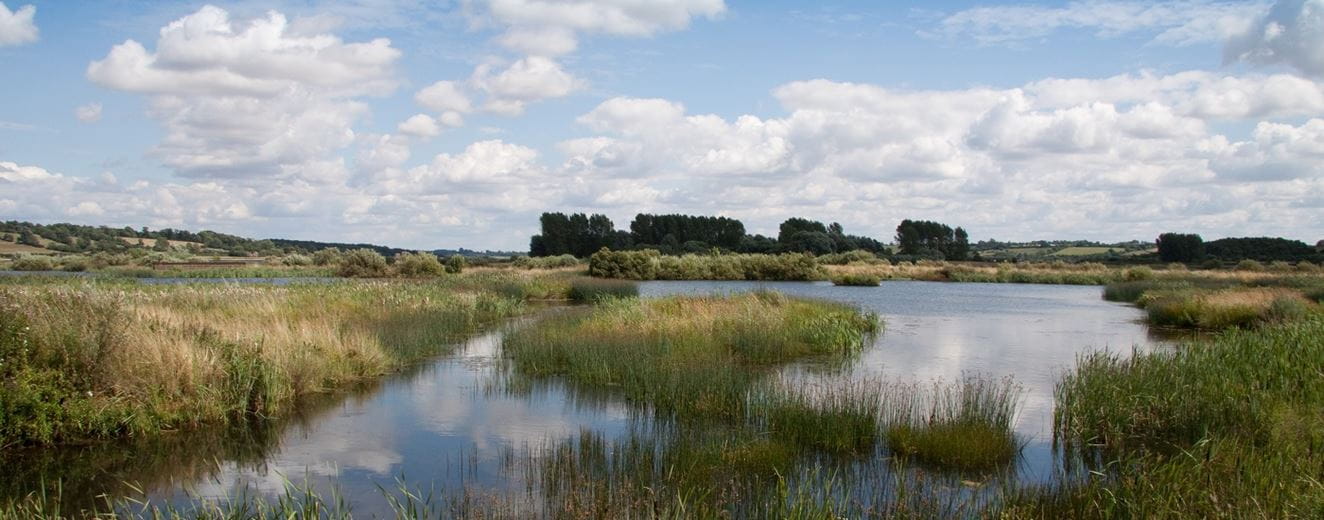Among the talk about natural capital and environmental standards, the Environment Act 2021 sets out how the government will build on the 25 Year Environment Plan.
Part 7 of the Act enables the creation of conservation covenants, which came into force on 30 September 2022. These are private and voluntary agreements between a landowner and a responsible body, such as a conservation charity, allowing for positive or restrictive obligations to fulfil a conservation objective.
These covenants are attached to the land itself so, should the land change hands, they would continue to bind future landowners. The intention is for the parties to be free to negotiate terms to suit their specific circumstances and requirements, including the length of time that the covenant would apply.
Currently the only parties permitted to enforce covenants are the adjacent landowner(s) and the National Trust, but the government is looking at amending this. It is proposed that charities and possibly registered for-profit bodies, will be able to apply to the Secretary of State to be accredited as responsible bodies.
WHAT ARE THE BENEFITS OF USING SUCH COVENANTS?
Firstly, conservation covenants provide a long-term and robust mechanism for ensuring biodiversity net gain during development, a requirement under the NPPF (National Planning Policy Framework). It is supposed that one use of these covenants will be by developers or infrastructure projects (such as Heathrow for example) as a means of facilitating development by securing compensatory habitat creation elsewhere.Using a conservation covenant, a developer will be able to facilitate the required environmental improvements to natural capital by paying a landowner to implement a change on their land to leave the environment in a measurably better state, and by paying a responsible body to accept, monitor and enforce the covenant.
In this case, the covenant would stipulate future land use protocols or management systems. The land would not need to be owned by the responsible body.
This would be just one way for a developer to secure the required biodiversity net gain, and landowners may find that another route would allow them more flexibility in terms and duration. To date, it is understood that Section 106 agreements are being more widely used to secure biodiversity net gain; functioning in a similar way to conservation covenants and offering a more familiar arrangement to developers and local authorities.
Secondly, an alternative and more philanthropic use will see such covenants being created by existing landowners or benefactors looking to create lasting legacies. A conservation covenant could be created in order to secure an environmental benefit to natural capital that accords with their own beliefs and objectives, such as enduring organic status or the creation of particular habitats to encourage biological diversity. As the land is passed through generations or bought and sold, the limitations on the way the land can be used and exploited will remain.
Thirdly, it is also possible that corporate polluting organisations could seek to enhance their environmental principles and off-set their carbon or other emissions by entering into these covenants.
Concerns have been raised regarding the ongoing funding and maintenance required to comply with covenants into the future, and who should be responsible. Landowners will need to consider very carefully the impact of such covenants long in to the future and responsible bodies will need to ensure that they have the management skills and resources to manage and enforce them. Those considering offering biodiversity offsetting should also look carefully into whether the short-term increase in income is sufficient to counterbalance any loss of (potential) value in the long term.
The requirement to offset biodiversity losses should imminently become a routine requirement when a habitat or natural resource is adversely impacted by development. Carter Jonas, with a rural team who manages over a million acres of land throughout the UK, and a planning and development team advising on 23,000 acres of development land, is well-placed to provide proactive advice to enable developers and landowners to work together to mutual benefit.
For more information, contact Mark Russell, Partner, on mark.russell@carterjonas.co.uk or 01223 346628.
Latest news
- Do you have an interest in land within Mid Sussex District?
- Carter Jonas advises on sale of 45 residential units at Acton Gardens
- Carter Jonas Achieves Planning Consent for Harwell Science and Innovation Campus Limited Partnership
- Carter Jonas Confirms Sale of Land in Meir, Stoke-on-Trent to Potteries Heavy Haulage
- Carter Jonas Achieves Planning Consent for a Fusion Demonstration Plant at Culham Science Centre, Oxfordshire
- Carter Jonas Achieves Planning Consent for Endurance Estates Land Promotion Ltd in Longstanton, Cambridgeshire
- RTPI Young Planners’ Conference 2022
- Carter Jonas Partner Andrew Smith Elected SIOR European Region Chapter President
- Carter Jonas Appoints Matt Lee as Head of Science and Technology



